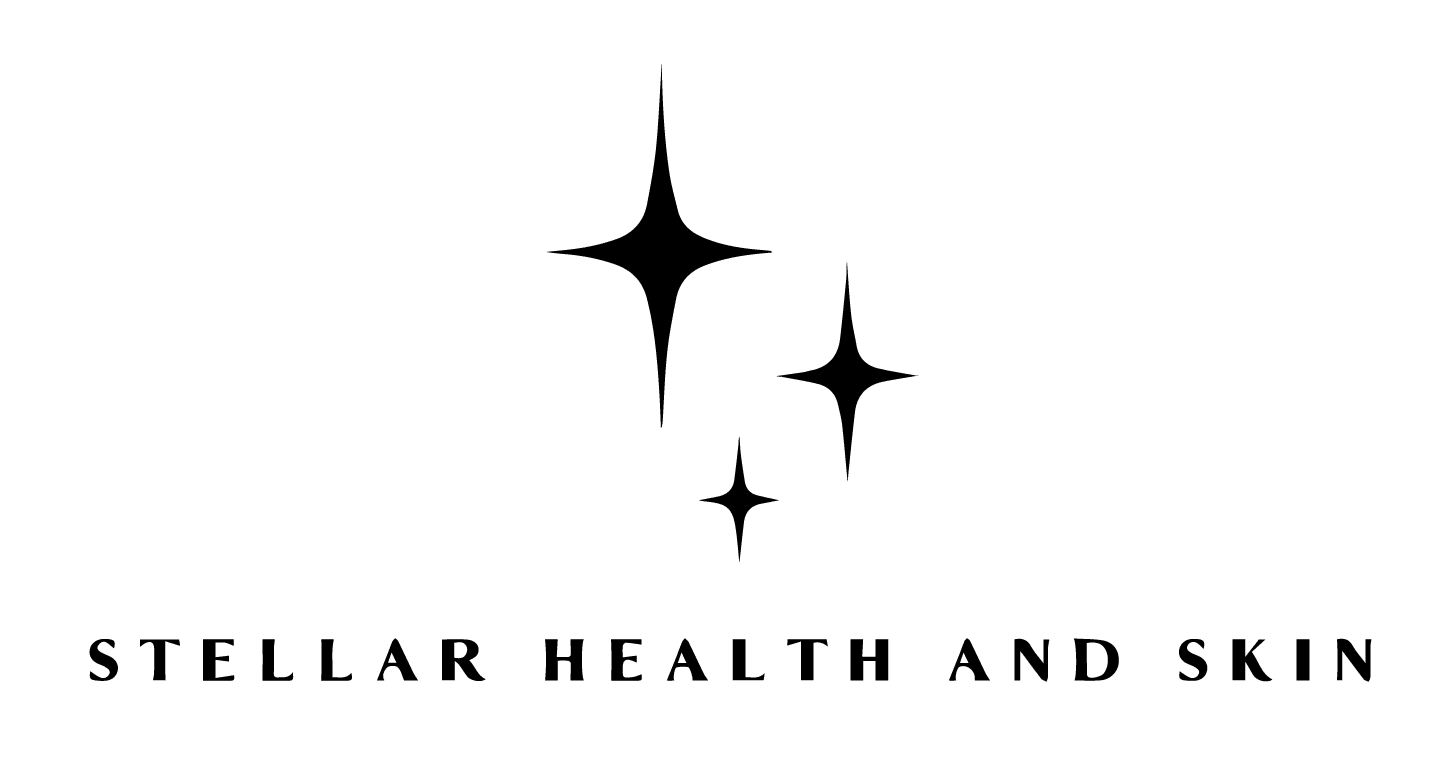The Well-Woman Chart: A Complete Guide to Preventive Care
Taking care of your health doesn’t have to wait until something feels off. That’s the whole idea behind preventive care—and it’s especially important for women. Your body goes through countless changes over time, and staying on top of your health through regular screenings and exams can make all the difference. That’s where the Well-Woman Chart comes in.
This chart isn’t just a checklist—it’s your personal health timeline. It helps you stay informed, empowered, and in control. Whether you’re in your 20s or heading into your 60s, knowing what to expect from your women’s annual check is key to lifelong wellness.
Let’s break down everything you need to know about the Well-Woman Chart and how to use it for proactive, informed health care.
What Is the Well-Woman Chart?
The Well-Woman Chart is a guide developed by health professionals that outlines age-specific recommendations for routine screenings, tests, and preventive care for women. It covers everything from blood pressure checks to breast exams, pelvic screenings, and vaccines.
The goal? Early detection, prevention, and consistent monitoring of key health indicators.
Why the Well-Woman Chart Matters
You wouldn’t drive your car for years without getting an oil change. The same idea applies to your body. The Well-Woman Chart keeps you on a schedule so that you’re not only catching problems early but also learning more about your body each year.
Your women’s annual check is more than just a quick visit—it’s a full review of your health, lifestyle, risk factors, and future needs. And it changes as you do.
What’s Included in the Well-Woman Chart?
Depending on your age, medical history, and lifestyle, your annual checkup may include:
General Health Screenings
- Blood Pressure Monitoring: Starting at age 18, this should be checked annually to prevent heart disease.
- Cholesterol Screening: Usually starts at age 20 and continues every 4 to 6 years unless you have risk factors.
- Diabetes Screening: Based on weight and risk level, this may begin earlier, especially if you have a family history.
- BMI Assessment: Keeping an eye on your body mass index can help identify early signs of metabolic conditions.
These are all typically addressed during your women’s annual check, helping you and your provider map out a long-term health plan.
Reproductive Health Screenings
- Pap Smear: This test checks for cervical cancer and typically begins at age 21. If results are normal, it’s repeated every 3 years.
- HPV Test: Often paired with the Pap smear, especially at the age of 25, to detect the virus that can lead to cervical cancer.
- Pelvic Exam: Done annually or as needed, this exam checks for abnormalities in the uterus, ovaries, and other reproductive organs.
- Breast Exam: A clinical breast exam is recommended yearly starting in your 20s to catch early signs of breast cancer.
All of these are crucial parts of a comprehensive women’s annual check and help ensure nothing is overlooked.
Mental and Emotional Wellbeing
Mental health is a critical piece of preventive care. Anxiety, depression, and chronic stress often go undiagnosed. During your women’s annual check, your provider may ask about your emotional well-being, sleep, energy levels, and any life stressors.
Even a short conversation can lead to important follow-up care if needed.
Vaccinations and Immunizations
- HPV Vaccine: Recommended for women under 26 if not already vaccinated. HPV vaccination can begin as early as age 9 for both boys and girls, and it is typically recommended at ages 11 to 12 to help prevent cancers linked to HPV, with protection benefits extending up to age 26.
- Flu Shot: Annually, especially during cold and flu season.
- Tetanus and Diphtheria (Td/Tdap): Every 10 years.
- COVID-19 and Booster Shots: As advised by your doctor.
These immunizations may not be glamorous, but they’re a vital part of your women’s annual check, especially for long-term health protection.
Bone Density Testing
Osteoporosis screening becomes important around age 65 or earlier if you have risk factors such as early menopause or family history. Your provider will likely add this to your routine women’s annual check once you reach this stage of life.
Lifestyle and Risk Counseling
Preventive care isn’t just about tests—it’s also about conversations. Your doctor will likely talk to you about:
- Nutrition and exercise
- Alcohol or tobacco use
- Sexual health and contraception
- Menstrual health and menopause
- Family planning and fertility
These discussions are customized based on your age and lifestyle and are always part of a thorough women’s annual check.
How to Prepare for Your Women’s Annual Check
To make the most of your visit:
- Bring a list of current medications, supplements, or vitamins
- Note any changes in your cycle, mood, weight, or sleep
- Write down any questions or concerns, even small ones
- Share family history updates
Your women’s annual check is your time—don’t be shy about bringing up topics that matter to you.
Health Is a Journey, Not a One-Time Visit
The Well-Woman Chart is not just about ticking boxes. It’s about showing up for yourself, year after year. It’s about understanding your body, taking control of your health, and catching issues before they become bigger problems.
Consistency is the magic here. When you keep up with your women’s annual check, you build a foundation of care that supports you through every stage of life.
Your Health, Your Power: Start with Stellar Health and Skin
Ready to prioritize yourself? Your health deserves more than a once-in-a-while check-in. Book your women’s annual check today with Stellar Health and let’s build a lasting partnership for your wellness. Because nothing is more beautiful than a woman who takes charge of her health, year after year.
